8 different ways to deal with rejection, like a boss.
Rejection is probably one of the hardest things for people to deal with. It’s painful, embarrassing, and downright depressing. And combined with imposter syndrome, it can be soul-shattering.
But unfortunately, it’s just part of life, so finding ways to deal with rejection is critical to your self-esteem and mental health.
Rejection is Something Writers Face Frequently.
Creative people like writers and artists tend to take rejection personally. Every piece of art and each page written is a little piece of us that we often feel strongly about. And of course, we tend to face the most rejection because of the nature of our work.
When you write for other people for a living, you’ll receive both good and bad feedback, and sometimes that can be hard to take. But much like the feelings of failure, rejection isn’t something that should stop you in your tracks. Most of the time, it’s not personal, but you’ll receive more rejections than approvals or acceptances.
Think of Stephen King and his 1974 debut novel Carrie. He received 30 rejections for the novel Carrie. One of those rejection letters said that stories like Carrie didn’t sell.
So, he tossed it in the trash, and thankfully his wife dug it back out and told him to keep writing. When the novel was finally accepted, it initially sold only 13,000 copies. But in a little over a year, it sold more than one million copies.
So, even the best writers get rejected. It’s what you do with that rejection that sets you apart from other writers. Here are some ways to deal with rejection that will help you grow personally and professionally as well as make you stronger than you were before.
Related: 101 Inspirational Quotes and Sayings on How to Deal with Failure
1. You Have My Permission to Feel the Disappointment
One of the healthiest things you can do is fully embrace the suck. By embracing the suck, I mean, it’s okay to feel disappointed. Holding it in is the only thing worse than the rejection itself. It’s not healthy to bottle things up.
I’m the hardest critic of myself and it’s not fun. I’ve learned to let things go a lot easier than even a few years ago but that doesn’t mean it stings less.
It probably has nothing to do with you personally, but it’s hard not to take it personally when you put your heart and soul into something. So, go ahead and wallow in self-pity and eat a whole cake or binge eat ice cream. Do what you need but for no more than a day. Then you move on to step 2.

2. Get Back Up and Keep Trying
When I was working as a dispatcher, I wanted to take my career to the next level and go “on the road” as we called it at the Sheriff’s Office I worked at. That term was used because dispatchers and jailors were stuck in the building, but if you got a patrol position, you went on the road. Literally.
I was young and applied for every position, but the Sheriff never picked me. After a while, I started looking at the hiring process and interviews as a way to get more experience for future interviews.
I eventually understood that the many failures and rejections only made me a better person, and my future officer self really appreciated that attitude.
If I hadn’t picked myself back up and kept trying, I would never have found the right department to work for or gone to the police academy. Reframe rejections as experience and learn from them. Your future self will thank you. Stay positive.
3. Use the Article or Writing Piece for Another Pitch
Just because one company or magazine rejected your article doesn’t mean someone else will. Reassess what went wrong with that pitch. Was it the article itself or the pitch? Make any adjustments and pitch it to a new publication or job. If you’re pitching to clients, there are likely hundreds of other businesses in your chosen niche that you can pitch the same article to. So, that first client rejected it, but it may work perfectly for another.

4. Don’t Put All Your Eggs in One Basket
The folks that came before us got it right. Don’t lay all your hopes and dreams on one pitch. The most successful writers email and pitch multiple times a day. Pitching is part of your job, so you should be consistently pitching to new jobs and clients regularly.
No matter how perfect one client seems or how well they line up with your values, don’t stake all your hope on that one pitch. Even if you do everything exactly right, you still may not get the job.
As a new freelance writer, it may be hard to face rejection or write pitches because you don’t like how failure feels. You’ll tear yourself up over what you could have done to make it better. But the beginning of your career is when you need to be pitching to as many people as possible. Don’t put it off because previous rejections still hurt.
My words of advice are to apply to as many jobs possible. Yes, you’ll face even more rejection, but you’ll also get more pitches accepted too.

5. Perfect Your Pitches
Learn from your mistakes. To get more prospective clients, you need to work on your pitches. No one will ever see your great portfolio if you can’t get them to read your pitch and take you seriously.
Pitches like this are no good:
“Dear Sara,
This job looks amazing and I know I would be the perfect fit. Here’s my portfolio– ivegottheperfectportfolio.com. Let me know what you think.
There such a minimal amount of effort put into this pitch that I wouldn’t bother looking at the portfolio. Pitches don’t need to be really long to make an impression. Make sure you read the listing carefully.

If you’re emailing someone look at their website and see where they can make improvements if you want to write copy for them. If you want to write blogs for them, look at their blog page and see what you can do to make it better, so they get more ROI.
When you write the email to a company that doesn’t have a job advertised, compliment on something like a piece of content you saw first and liked. Then let them know how you could help them make their blog even better. Here’s an example:
“Hi Sara,
I hope you had a great holiday season. I recently came across your company, Abc123, on LinkedIn, and loved the article on home decor trends for 2020. It was interesting to see that floral patterns will continue to rise in popularity. Florals are truly timeless.
I saw that you had an opening for a content writer and looked at more of the content on your site, such as “25 Ways to Make a Room Look Bigger,” and thought that I’d make a great fit.
I’m a professional copywriter/blogger for home improvement businesses and have extensive experience as a decorator. I would love to write regular blog articles for you. My portfolio has several articles on home décor, and you can find it at Ilovehomedecor.com, but here are some links to specific articles I think you may like.
How to Refurbish a Sofa the Right Way
Finding the Perfect Color Pattern for Your Bedroom
If you’re interested, just reply to this email and let me know if you’re available to hop on a quick phone call next week.
Thanks,
This pitch is a little longer because it provides specific information that relates to the position you’re applying for. But it’s not so long that the recipient would fall asleep or stop reading halfway through. Plus, make it convenient to see two examples, and they can go to your portfolio to see more if they’re interested.
So, if companies aren’t receptive to your pitches, improve them for better results.

6. Use the Article for Your Own Blog
If you’ve done your homework and picked a profitable niche, then you can probably use your pitch article on your own blog. (If you haven’t picked your niche yet, you’re missing out on more money. I wrote an article on how to pick your niche here, and I have a FREE challenge to help you.) Just make sure it works for your specific audience.
You can make money with it using affiliate links. It may be good enough to bring more traffic to your website. Use it to help you tell a story, and you can help others as well. These are just a few benefits you get from using an article that you pitched to someone else on your blog.

7. Use the Article as a Writing Sample for Prospective Clients
Another way to deal with rejection is to use the article as a writing sample in your portfolio. I’ve talked about creating portfolio samples when you’re inexperienced and have no published pieces.
You’ve likely put some time and effort into making the article great, and those are the type of pieces you need for your portfolio. Even if one company rejected it, you could use it to reel in MORE clients. Wouldn’t that be a sweet way to bounce back after a rejection?

8. Don’t Write Back and Chew Out the Person Who Rejected Your Piece
You may feel angry and hurt because of the rejection and maybe that editor is the dumbass that you think he is. However, don’t burn any bridges. It could just be that the article he or she rejected wasn’t right for the project they were working on. You may email them with another pitch, and they’ll gladly accept it, so don’t burn any bridges.
If they’re nice enough to provide some constructive criticism, then great! Accept it for what it is. The only thing you’ll accomplish if you reply with a nasty email is a bad reputation, and you’ll likely never get a second chance.
Final Thoughts on How to Deal with Rejection
Though a rejection stings and can even make you cry, failures pave the road to success, and rejections make us stronger. It’s all how you frame it. Reframing the way you look at things is a valuable tool to use in all aspects of your life. Use it to the fullest.
If you learn from your rejections and mistakes, your road forward will be paved in gold, my friend.
Related Posts to Deal with Rejection
101 Inspirational Quotes and Sayings on How to Deal with Failure
11 Secrets to Become Crazy Successful as a Freelance Writer (Even if You’re Broke)
How to Be a Ghostwriter and Make Serious Money (Even if You Don’t Know What You’re Doing)
25 of the Best Gifts for Writers that are Totally Unique
Cold Pitching 101: 5 Tricks for Landing Your Dream Freelance Writing Client
Learning how to deal with rejection the right way helps your emotional well-being.


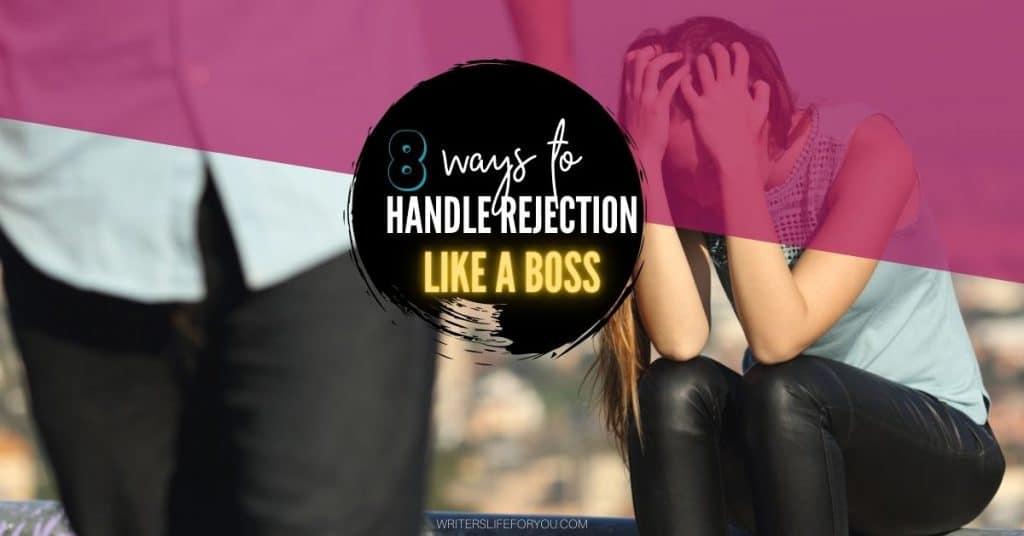

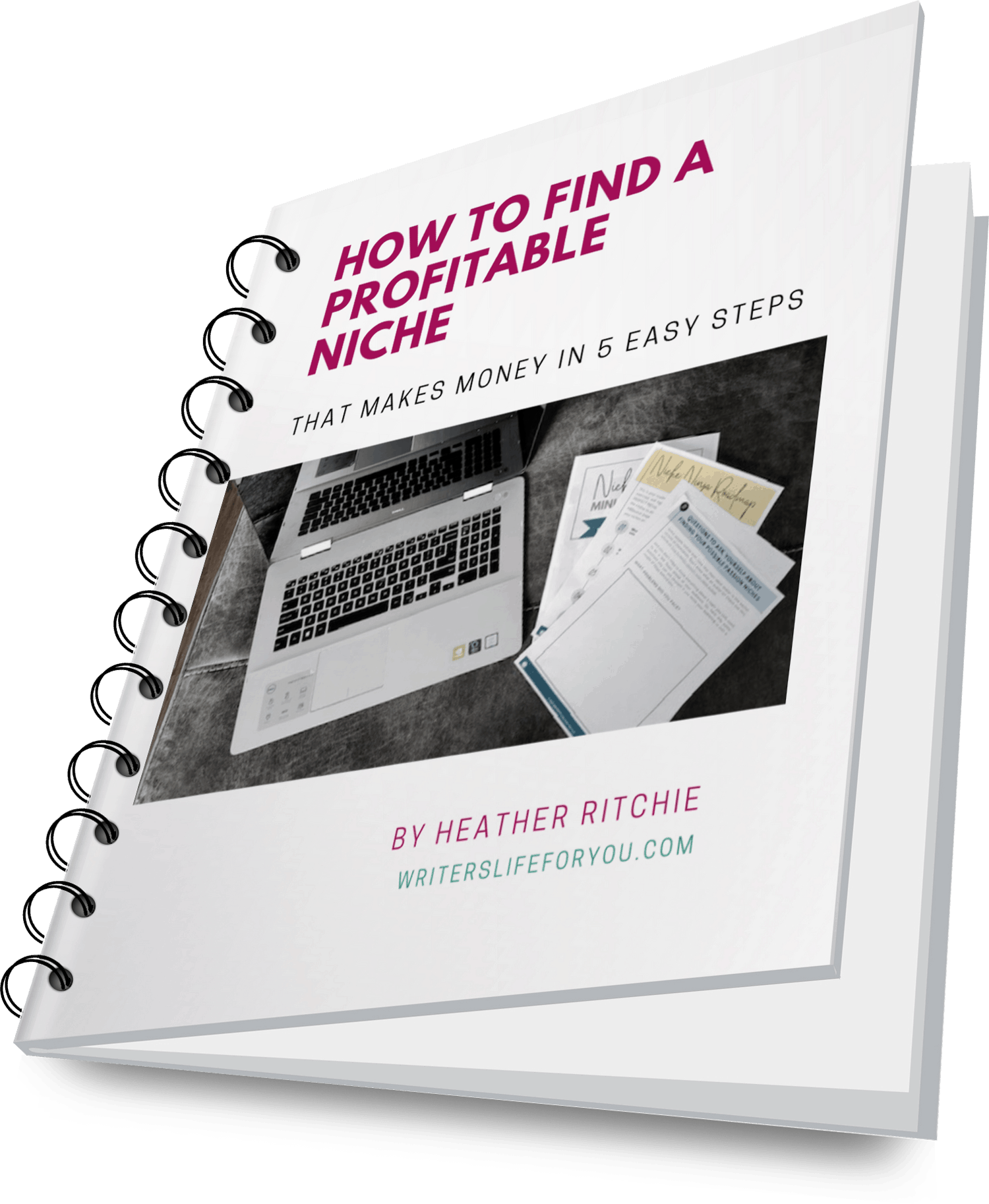

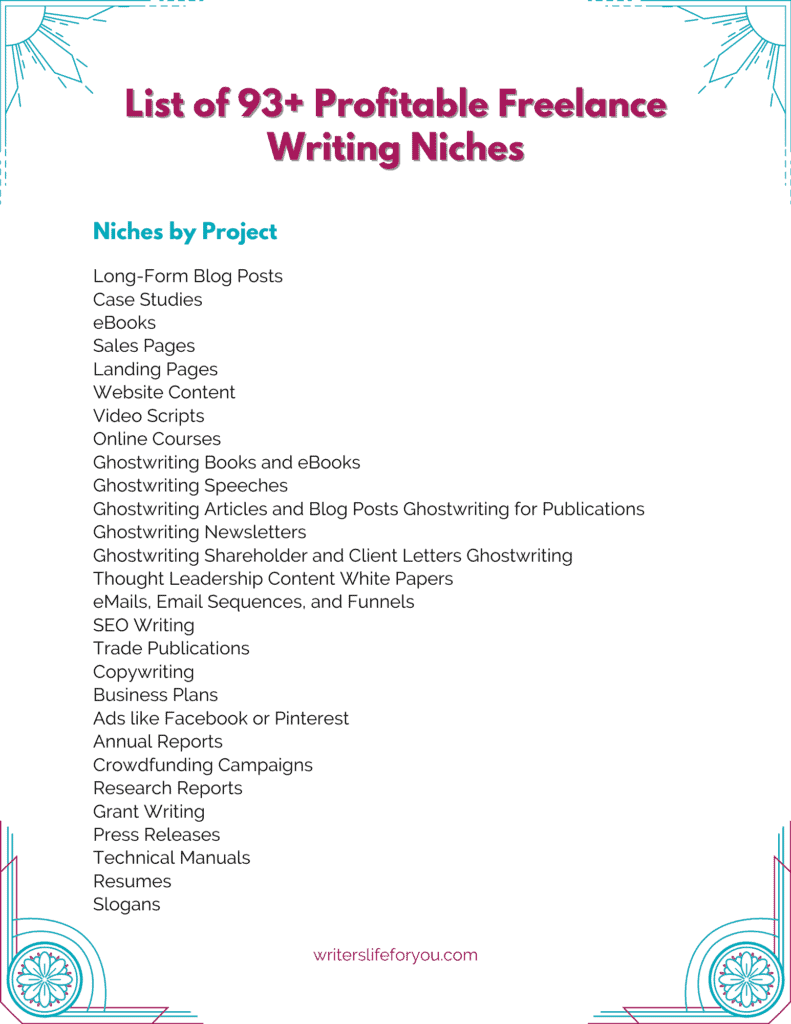



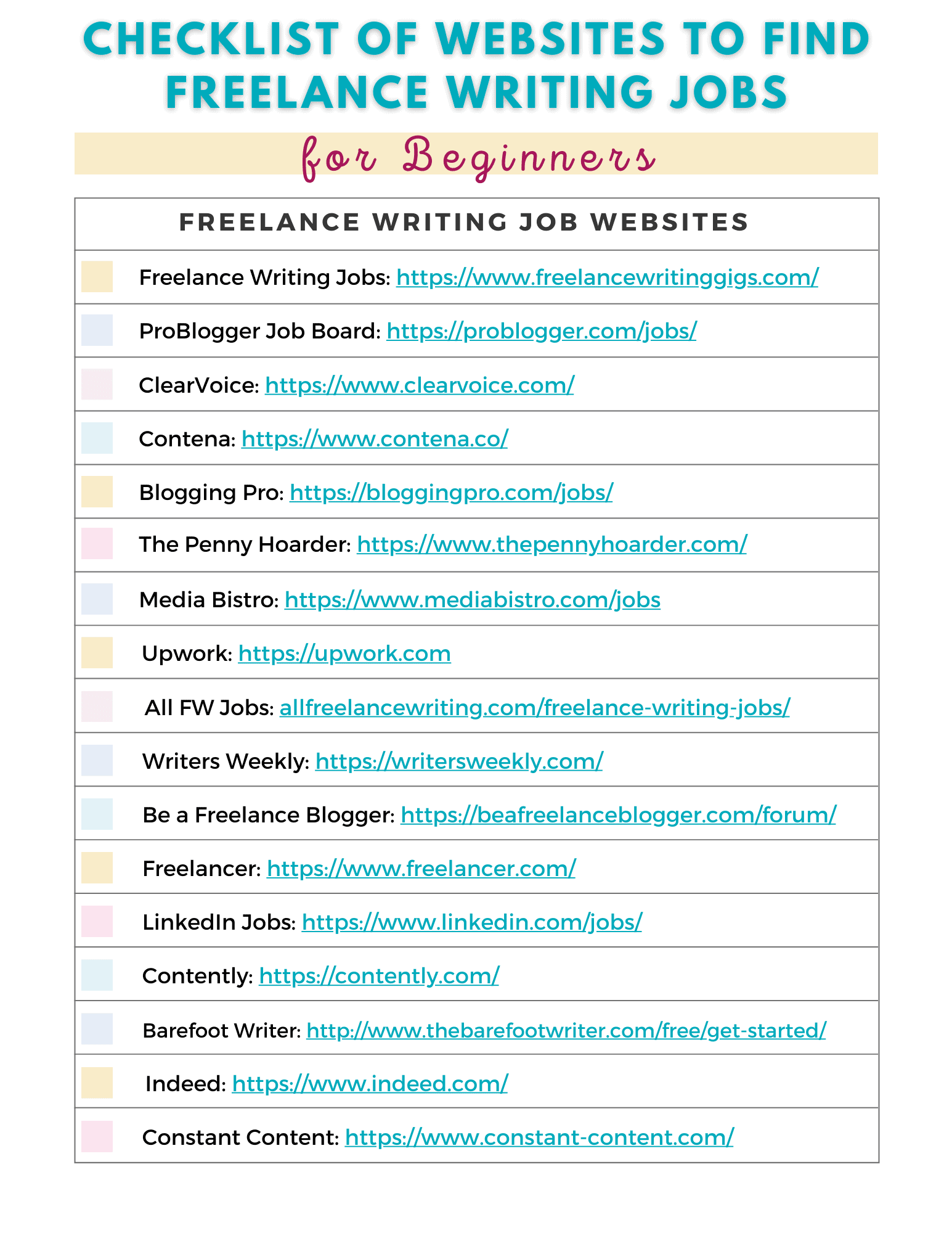
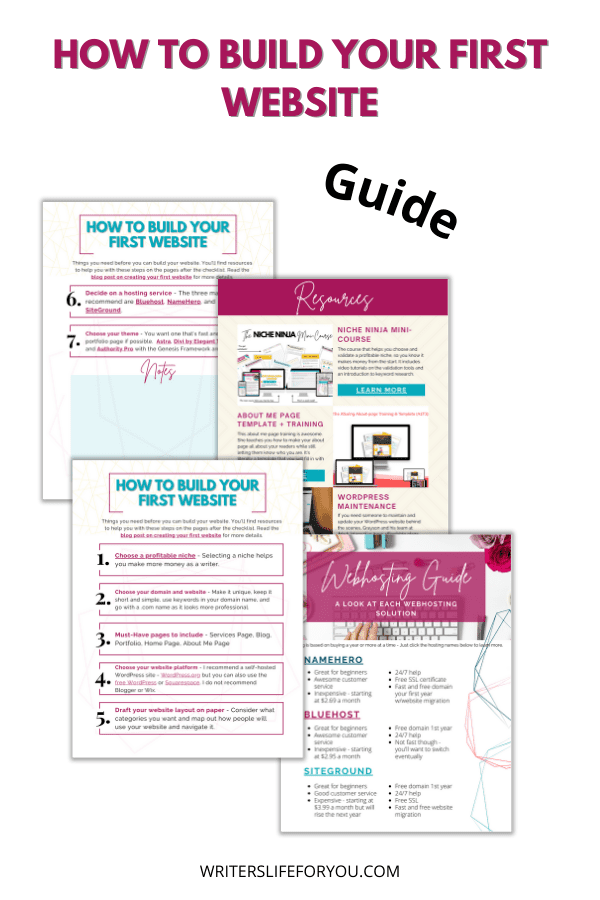

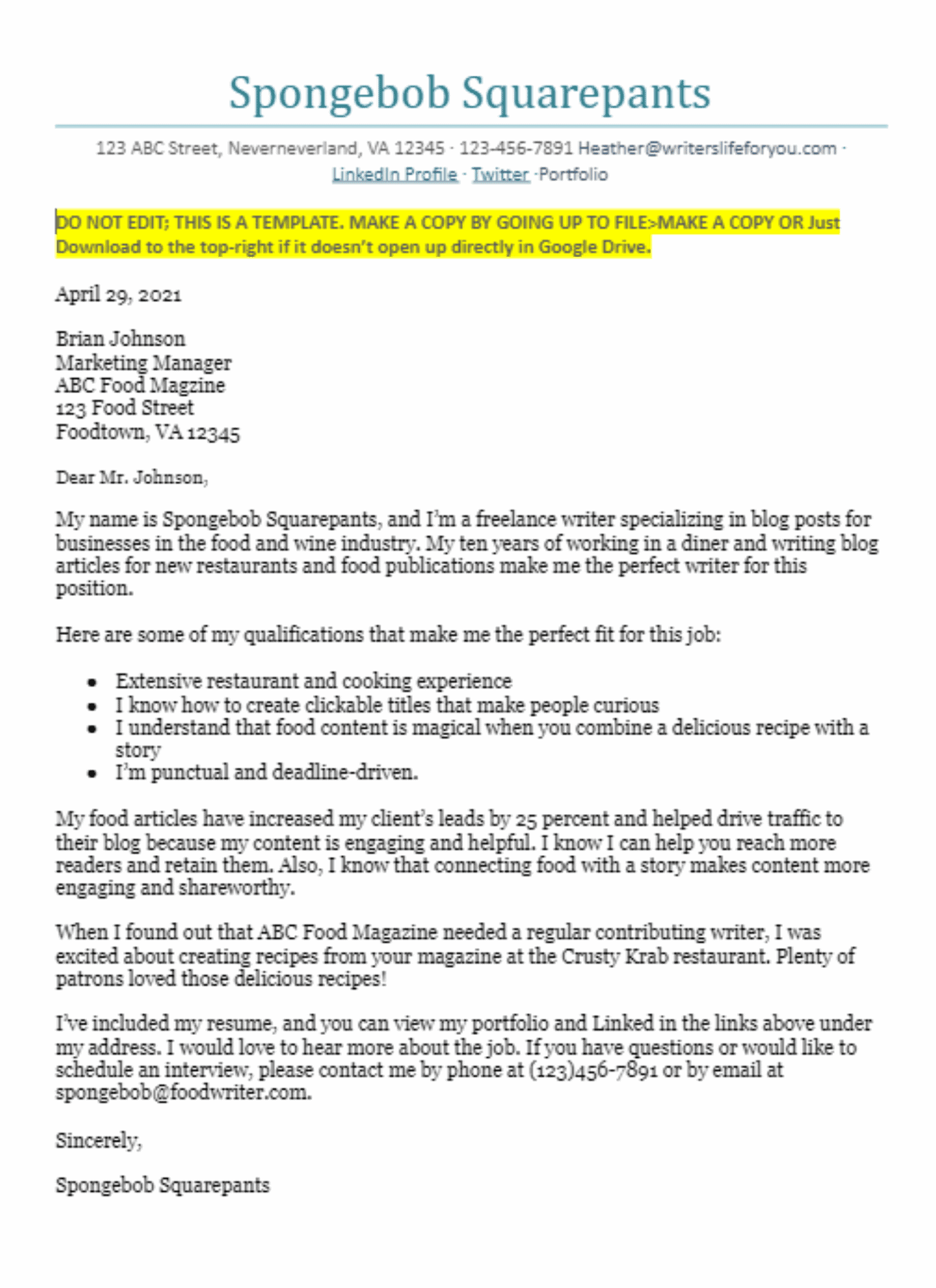








Wow. It’s awesome. Just for rejection, you have made an effective and very creative content to deal with it. Thanks for sharing such an awesome guide to deal with rejection.
Why thank you! I’m pretty good at turn negatives into positives. It’s how I live life and even though rejection is difficult, we need it.
I am such a huge Stephen King fan and thank God for Tabitha pulling Carrie out of the trash. Rejection is part of greatness. Who knows if we have a Carrie or Dark Tower floating around in our brains?? No one will if we quit!
I love the Dark Tower! I can’t imagine life without Stephen King to enrich our imaginations. Thank you Tabitha!
Thank you SO much for sharing this. Rejection is arguably the hardest part about life as a writer – on one hand, you can struggle with your own feelings of worth as a writer if you feel like ‘no one wants my writing’ while on the other hand, you hear everyone saying not to feel disappointed. What do you do? Many of us bottle it up until it starts to seriously weigh on us… I love that you break it down in a way that encourages writers to FEEL the disappointment, but then to move on in a positive way!
I’m rather sensitive for being a writer so sometimes I get down on myself with even little changes. But it only makes us stronger and better writers.
Several posts that were rejected by others have found their way to my blog. When I started rejected how often some of t my favorite authors were rejected, it made me feel much better. As a writer, you have to be thick skinned to a degree. There can be many reasons why something is rejected and rejection is bound to happen to the best of us, regardless of skill.
Yes! Look at Stephen King and J. K. Rowling! I’m glad those pieces made their way to your blog because I’m sure they are good! They’re just not what that client or magazine was looking for.
Great insights. Disappointment is part of life but we must not give up on our dreams.
Unfortunately, it is but we can use it to our benefit, even though quite frankly it sucks.
This can be applied to so many aspects of life. It is important to get back up, but it is okay to feel hurt.
Exactly, let yourself feel the emotion of rejection and then reframe it!
Great info and something i definitely am working. Thanks for sharing these tips!
I love love this advice! All of the above have stopped me called from pitching. Such practical advice. Thank you for sharing this perspective on rejection.
Rejection just sucks and it can keep you from even trying things so I’m glad it helped. I still hate cold pitching! But it does get better over time.
Great insights. Disappointment is part of life but we must not give up on our dreams.
These are great tips. I see rejection as a failure and overcoming them make us stronger.
That’s a great way to reframe it! It builds character and makes us resilient and strong.
Thank you for including a real life pitch sample for bloggers. And for giving us permission to be disappointed! I enjoyed reading this. It is very relatable.
Thank you! It’s totally relatable because we have all dealt with rejection at some point.
I enjoyed reading your articles it’s give me valuable information thanks for share this wonderful article.
That’s great! Thank you so much for reading. Rejection sucks we just have to reframe it.
Thank you for giving posts and articles were very amazing. I really liked as a part of the article.
https://talktoiconic.com/
You’re welcome! I’m glad you liked it. Rejection can be hard to deal with for everyone so it’s all how you frame it.
Thank you for the introduction of a range of information that is very interesting to see in this article.
Glad you liked and it was helpful!